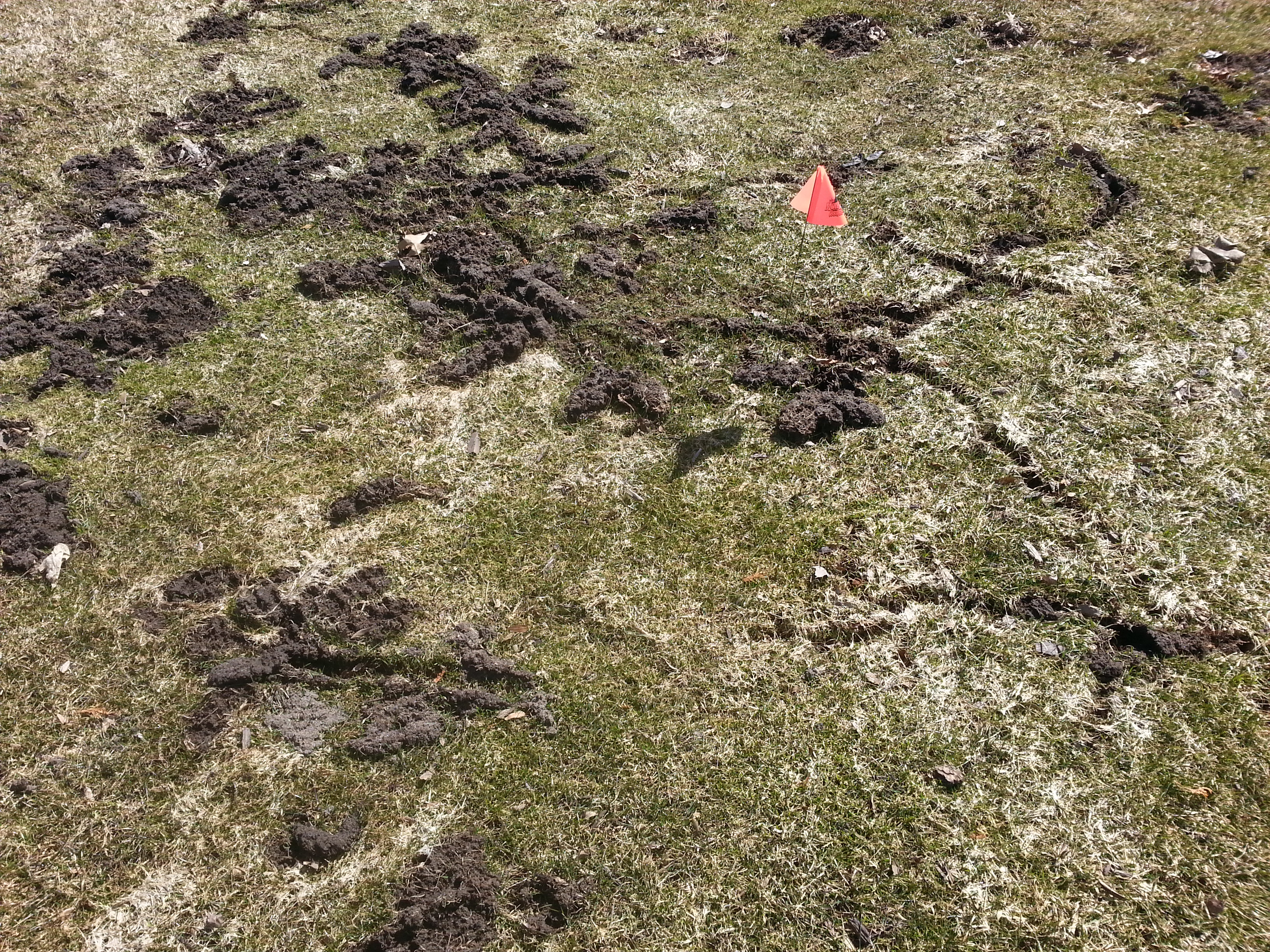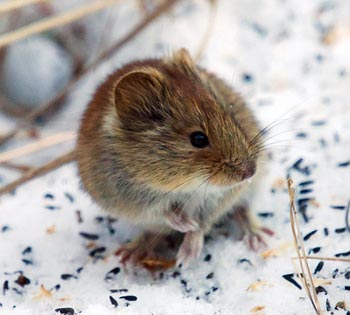Comprehensive Overview to Effective Vole Insect Control: Invasion Recognition and Therapy Methods
In the world of reliable bug control, vole infestations pose a special obstacle that demands a critical method. By checking out the nuances of vole actions, understanding essential signs of problem, and reviewing an array of control options, one can develop a detailed strategy to battle these elusive parasites.
Recognizing Vole Behavior
Vole behavior is identified by their tunneling routines and rapid recreation rates, making them a challenging pest to control effectively. Their fast reproductive price further complicates control initiatives, with ladies qualified of generating numerous litters in a solitary year, each including several children.
Voles are most active during the early morning and evening hours, spending the bulk of their time foraging for food. Their tunneling behaviors not only disturb gardens and grass but additionally make them challenging to eliminate and detect. Recognizing vole habits is essential for reliable bug control strategies. By determining their burrow locations, checking feeding areas, and applying targeted control methods, such as capturing or habitat adjustment, vole infestations can be handled successfully.
Indicators of Vole Infestation

Prevention Approaches
Implementing effective avoidance approaches is crucial in minimizing vole problems and guarding plants from their harmful feeding practices. To avoid vole infestations, it is crucial to begin by getting rid of potential food resources and sanctuary.
Regularly evaluating the home for indicators of vole task, such as paths and delve openings, is vital for very early discovery and punctual action. If vole activity is presumed, take into consideration making use of traps or repellents tactically positioned near their pathways.
Non-Lethal Control Techniques
To properly manage vole populations while focusing on humane techniques, non-lethal control strategies use useful solutions for visit the website lowering vole damage in gardens and landscapes. One effective method is using physical barriers such as hardware towel or wire mesh to safeguard susceptible plants. These barriers can be hidden a minimum of 12 inches bent and deep at a 90-degree angle to protect against voles from burrowing underneath. Furthermore, environment modification can discourage voles by lowering their preferred food sources and hiding areas. Maintaining a well-mowed yard, getting rid of debris, and keeping greenery cut can make the atmosphere much less attractive to voles.

Lethal Control Options
One reliable technique for dealing with vole invasions in landscapes and gardens involves the calculated use deadly control choices. When confronted with a severe vole infestation that non-lethal approaches have failed to contain, applying dangerous control procedures ends up being important. One typically employed deadly control option is making use of snap catches. These catches are developed to promptly and humanely kill voles upon activation, making them a popular option for get redirected here numerous gardeners and landscapers. To boost the effectiveness of breeze catches, it is recommended to position them in locations where vole activity is high, such as along paths or near burrow Your Domain Name entries. One more lethal control option is the application of hazardous baits especially developed to target voles. These baits have poison that is consumed by the voles, leading to their ultimate death. Care must be worked out when utilizing harmful lures to protect against injury to non-target animals or animals. Overall, when employing dangerous control alternatives, it is important to do so properly and according to local regulations to efficiently manage vole infestations.
Final Thought
Finally, effective vole parasite control calls for a thorough understanding of vole behavior, identification of indications of problem, implementation of prevention approaches, and usage of both deadly and non-lethal control methods. By combining these strategies, individuals can efficiently take care of vole populations and safeguard their home from damage. It is important to address vole invasions quickly to stop more concerns and minimize the influence on the surrounding setting.
Offered the elaborate passage systems and rapid recreation prices particular of voles, recognizing the indications of vole problem becomes vital in reliable pest control. One of the main signs of vole visibility is the visibility of surface runways or tracks in lawn or snow, typically about 1-2 inches broad, produced as voles take a trip in between their burrows and food resources.To properly manage vole populations while prioritizing humane techniques, non-lethal control approaches offer useful options for minimizing vole damages in landscapes and yards.One reliable approach for addressing vole infestations in landscapes and yards entails the critical usage of dangerous control alternatives. vole pest control.In final thought, efficient vole insect control requires a detailed understanding of vole actions, identification of indications of invasion, application of prevention strategies, and utilization of both non-lethal and dangerous control approaches